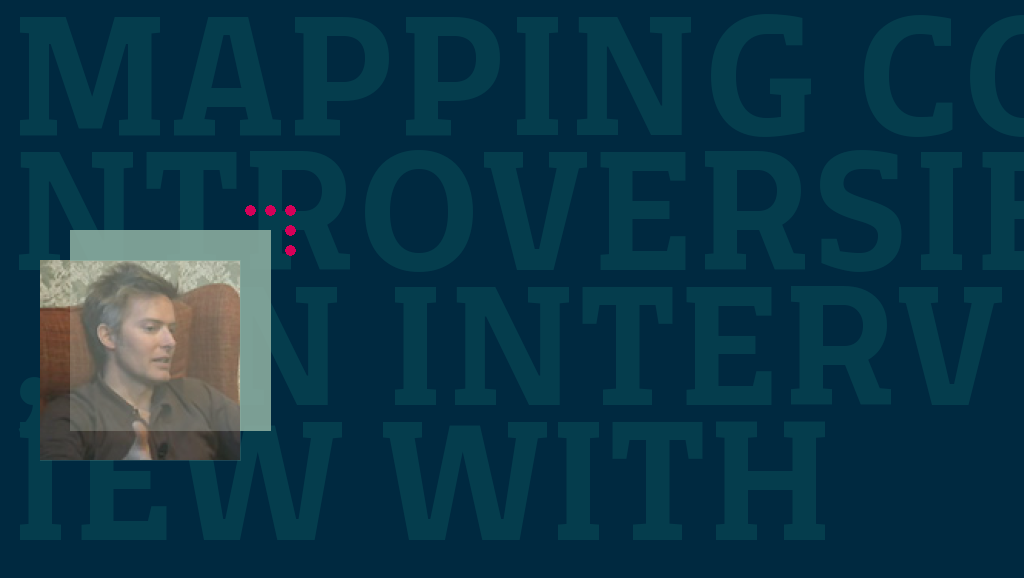Mapping Controversies in Science and Technology for Politics is the title of an EU sponsored project. The Mapping Controversies website offers an explanation of the history and techniques involved in implementing the project, started several years ago by Foundation collaborator Bruno Latour, and I would like to offer a summary of the project’s aims based upon different descriptions offered on the web and an in-depth interview conducted with Dr Vincent-Antonin Lepinay at MIT.
Mapping Controversies involves the teaching of courses in several universities scattered around the world. The course currently runs at MIT in USA, Sciences-Po and Ecole des Mines in France, Oxford University and Manchester University in the UK, Ecole Polytechnique Federale de Lausanne in Switzerland and University of Sao Paulo in Brazil.
The objective of the course is to lead students through the process of investigating a scientific controversy to then try to represent all of the arguments related to that controversy on a single web based platform. Latour states that what he envisages is a kind of virtual newspaper that offers its reader a synthesis of the differing positions held by interested and involved individuals in a single controversy.
An example might be clearer. A controversy is a problem about which the scientific or otherwise involved community has not yet come to an agreement and so does not have a single agreed line of argument. If we take the global warming debate as an example we see radically differing views of the problem (or indeed non problem). The aim is to create a platform that can offer a summary of each of these different view points and beliefs in relation to each other and the topic under debate, so that an interested reader can glean enough information to make a decision about where they stand on the issue in a relatively short time. They would not have to read hundreds of pages of argumentation but summaries of many different articles and reports.
At the end of the courses the student (working in groups) produce websites that hope to fulfill this promise. One problem is however that these sites then require constant updating, as if left they become a snapshot of the positions as they were at that moment. Updating such a database is however an extremely time consuming and labour intensive process.
Here in Boston the course is taught at MIT, and I was fortunate enough to have the possibility of interviewing Vincent Antonin Lepinay, lecturer on the course.
The following is a ten minute edit made by Cristina Grasseni of our hour long conversation. He raises a lot of very interesting points as well as describing the process in more depth.
On behalf of the Bassetti Foundation and myself I would like to thank Vincent for his time and participation in the interview and Cristina for her edit.















